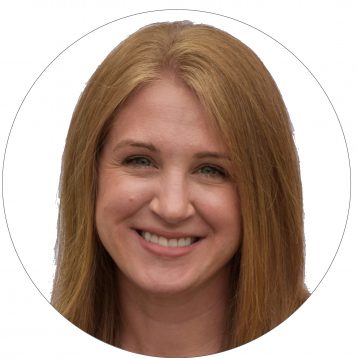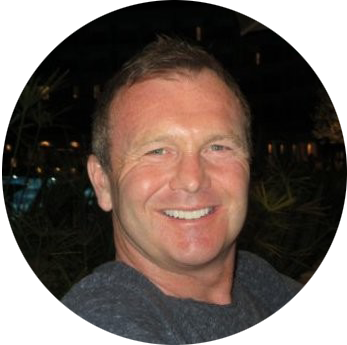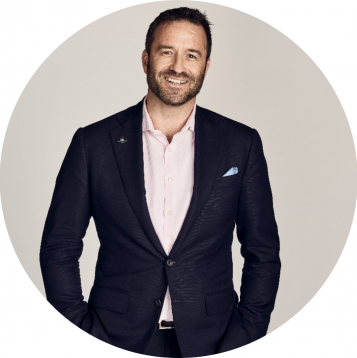84% of transformations fail. That means that only 16% are successful. Earlier this year, we had a great webinar with an expert panellist revealing the secrets of the 16% and how to get change right. Questions from the audience kept coming in and it was impossible to answer all of them during the event. This is pt. 2 of some of the questions and answers we didn’t have time to discuss. Pt. 1 can be found here.
Enjoy!
Q1. What do you think about the GC index?
I’m a fan of any tool, enabler or conversation that helps us to recognise and appreciate both our own and others talents.
With that said, I’m not a fan of any tool that puts us in boxes or sows seeds of limiting beliefs ie ‘you’re an introvert so you should avoid etc…….’ or ‘ you are a green therefore can’t easily be considered or structured’.
I think most of us operate in dynamic settings, we have more than one ‘us‘ to offer.
Getting under the skin of what we all uniquely contribute with and leveraging difference is what diversity is built on for me.
Looking at the GC index in detail, I see there are five proclivities each having two polarities:
- The game-changer VS
- The strategist – these two appear to be positioned as idea-focused dimensions.
- The implementer VS
- The polisher – these two appear to be described as task-focused dimensions.
- The playmaker – this is placed centrally and appears to be an influencing role.
From what I see, the GC index is that Myers Briggs moving away from a broad personality type to work type preference (seems to conflate conative and cognitive preference) to paint a picture of where you might contribute to growth or performance.
I like that it can show preference in a range of areas, and I like that it’s more focused on performance than personality only.
Q2. Are there examples where a cultural shift in diversity and inclusion has been successful?
Sadly DEI (Diversity, Equality, Inclusion) has suffered from being treated as a stand-alone topic, doubly sad as it’s mostly unintended.
Folks have circled DEI efforts to try and shine a light and make improvements to a sensitive area but the difficulty is that it often turns out to be project-based and discretionary funded activities instead of integrated, deep-rooted change which is what it’s actually about.
Culture is what we do AND how we work – from the way we hire to the language we use to the job titles. DEI has to deconstruct and infiltrate the whole system in the workplace.
Faffing about with a ‘ maternity outreach team ‘ or ‘ young black professionals group ‘ while the system holds up deep-rooted inequality or lack of inclusion is common. We can be drawn to symbolic acts, rather than the less obvious but more meaningful changes. These can be small yet powerful, such as changing or levelling a job title.
DEI is not an initiative or project – it’s your culture, and culture can be shifted by degrees.
I remember the reaction when asking teams based across a range of European countries to, for the first time, record their end of the quarter celebratory video in their native language (rather than English as had always suited HQ). The progressive CEO not only welcomed this, but also stumped up the extra cash for the stressed comms team to subtitle in English. That was a cultural shift.
But we have to start somewhere – act different to think different is one tactic.
I like the Center for Creative Leaderships REAL acronym:
- Reveal relevant opportunities – this is the discovery step
- Elevate equity – recognise and accept the problem/gap
- Activate diversity – recognise and welcome difference (hidden as well as the more obvious ones markers)
- Lead inclusively – actively build systems for participation
Recommended readings to get started:
Inclusion Nudges by Tinna C Nielsen and Lisa Kepinski.
WANT TO KNOW MORE ABOUT HOW S&S CAN HELP YOU AND YOUR ORGANISATION?
- Sign up to our bi-monthly newsletter The Pulse with cutting edge business insights from our experts
- If you’re a senior leader or change agent, join one of our change communities to network and share with like-minded individuals
- If you have a problem that needs solving across business change, agility, leadership or transformation and you don’t want to go down the big, traditional consulting route- get in touch




































































